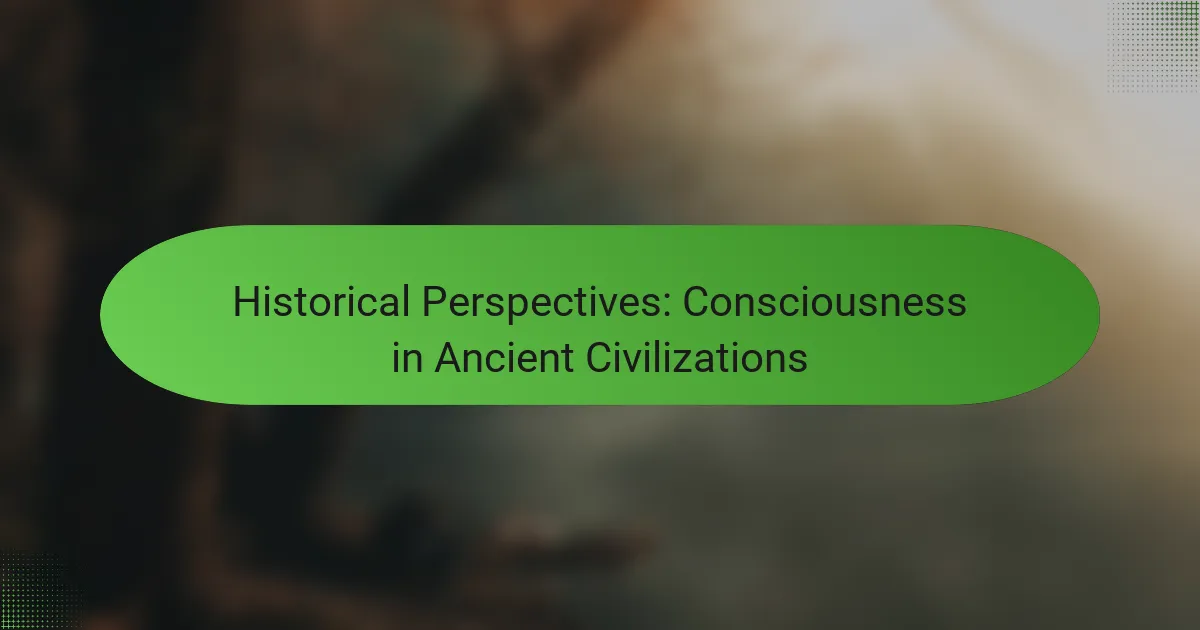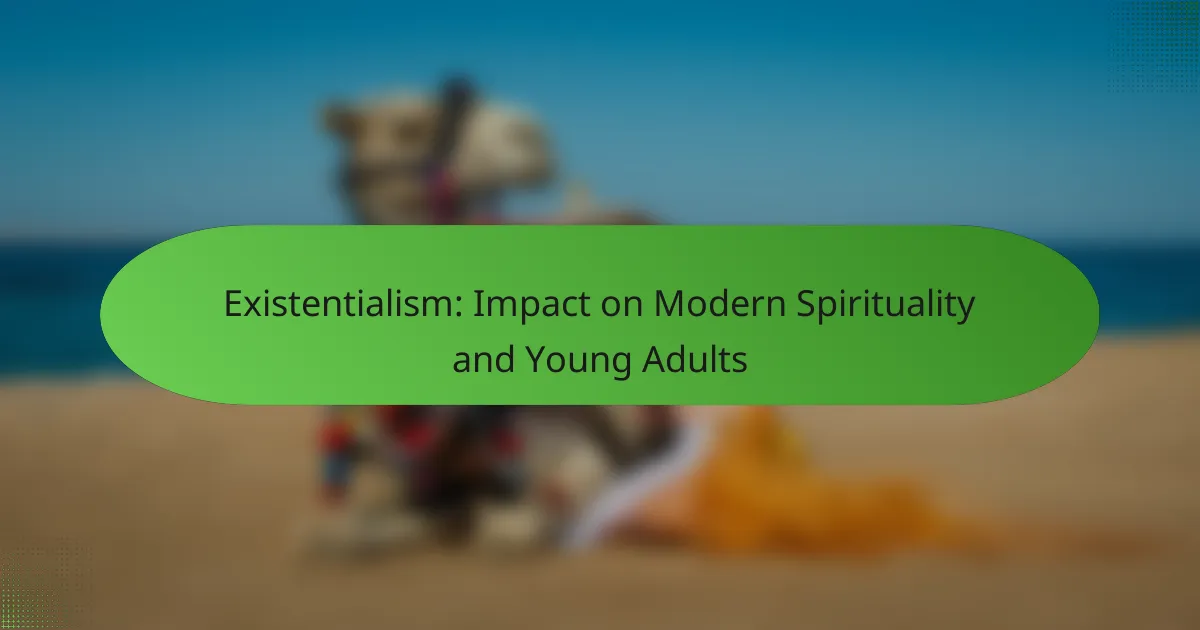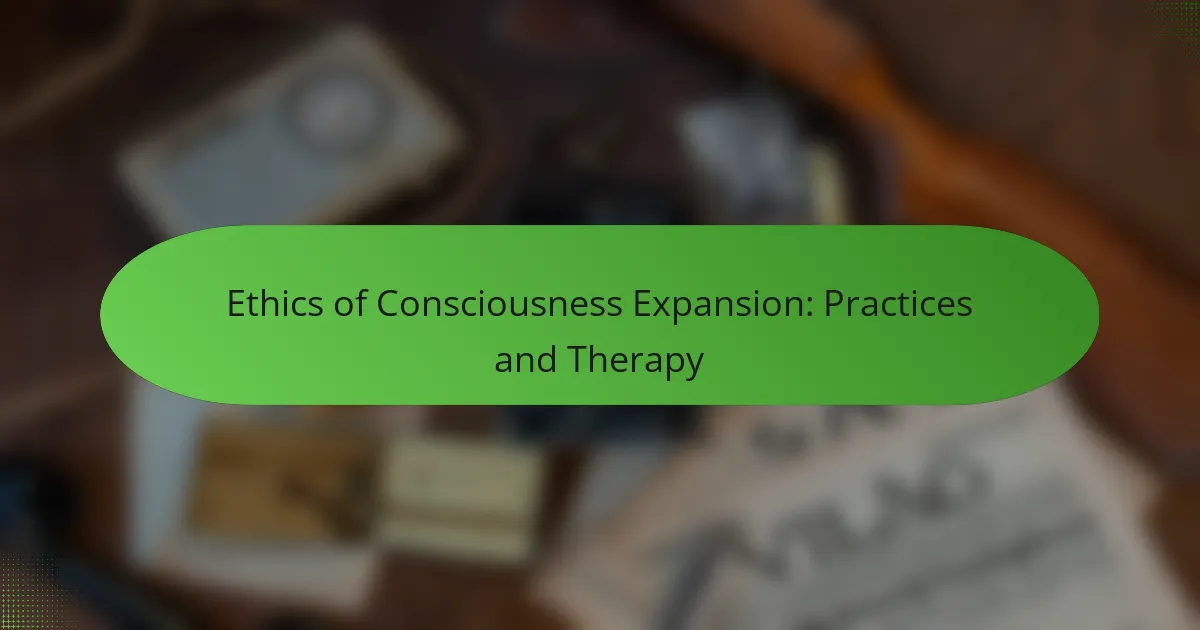Ancient civilizations offered rich and varied interpretations of consciousness, often associating it with the soul, mind, or spirit. These beliefs not only influenced their cultural practices and philosophies but also shaped their religious rituals, providing a framework for understanding human existence and awareness.
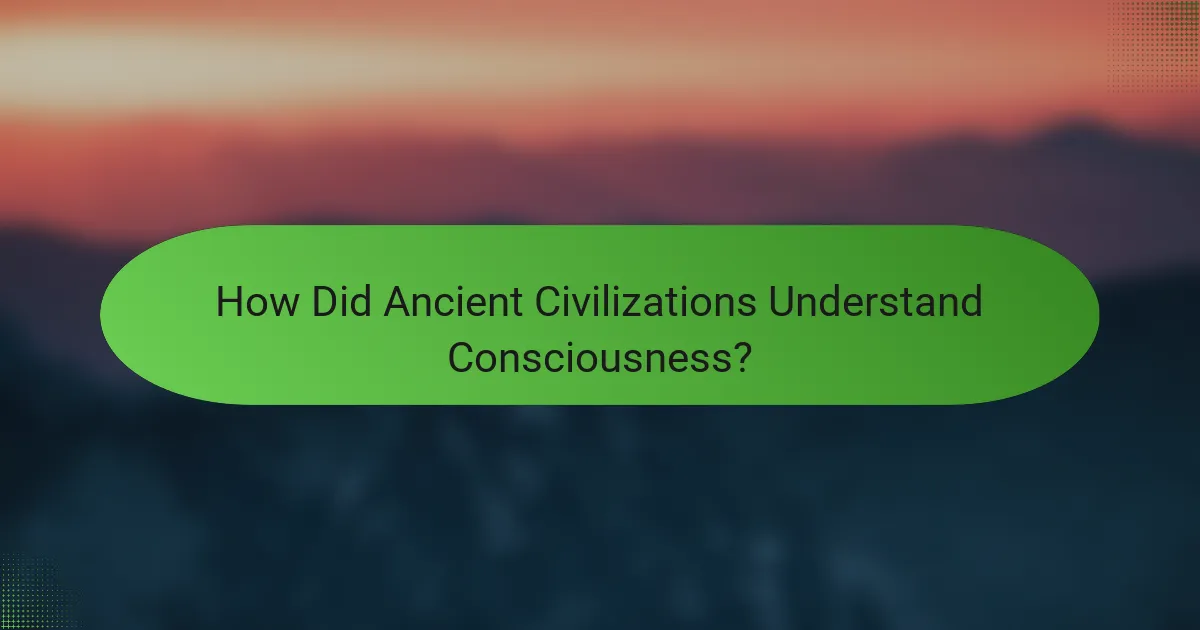
How Did Ancient Civilizations Understand Consciousness?
Ancient civilizations had diverse interpretations of consciousness, often linking it to the soul, mind, or spirit. Their beliefs shaped cultural practices, philosophies, and religious rituals, reflecting their understanding of human existence and awareness.
Egyptian beliefs on the soul
The ancient Egyptians viewed consciousness as closely tied to the soul, which they believed consisted of several parts, including the Ka and Ba. The Ka represented the life force, while the Ba was the personality that could travel between the living world and the afterlife.
Egyptians practiced elaborate burial rituals to ensure the soul’s safe passage and continued existence after death. They believed that the heart, as the seat of consciousness, would be weighed against the feather of Ma’at to determine one’s fate in the afterlife.
Greek philosophical perspectives
In ancient Greece, philosophers like Plato and Aristotle explored consciousness through the lens of reason and the nature of the soul. Plato posited that the soul was immortal and engaged in a quest for knowledge, while Aristotle viewed it as the essence of living beings, linking consciousness to the body.
Greek thought emphasized rationality and self-awareness, leading to discussions about the mind’s role in ethical behavior and personal identity. This philosophical inquiry laid the groundwork for later psychological and metaphysical theories.
Indian concepts of Atman
In Indian philosophy, particularly within Hinduism, Atman refers to the true self or soul, which is considered eternal and distinct from the physical body. Consciousness is seen as a manifestation of Atman, reflecting a deeper reality that transcends individual existence.
The concept of Atman is central to practices like meditation and yoga, aiming to realize one’s true nature and achieve enlightenment. This understanding promotes a holistic view of consciousness, integrating mind, body, and spirit.
Mesopotamian views on the mind
Mesopotamian cultures, including the Sumerians and Babylonians, had a more practical approach to consciousness, often associating it with the heart and breath. They believed that the mind was influenced by divine forces and that dreams could provide insights into the subconscious.
Literature from this region, such as the Epic of Gilgamesh, reflects their understanding of human emotions and the quest for meaning, indicating a recognition of consciousness as a complex interplay of divine and human elements.
Chinese interpretations of consciousness
In ancient China, consciousness was often linked to concepts such as Qi (vital energy) and Shen (spirit). Philosophers like Confucius and Laozi emphasized the importance of harmony between the mind and body, advocating for a balanced life to achieve clarity of thought and awareness.
Traditional Chinese medicine also reflects this understanding, positing that mental health is interconnected with physical well-being. Practices such as Tai Chi and meditation are designed to cultivate consciousness and promote overall health.

What Practices Were Used to Explore Consciousness?
Ancient civilizations utilized various practices to explore consciousness, often intertwining spirituality, philosophy, and ritual. These methods provided insights into the nature of the mind and the human experience, reflecting cultural beliefs and values.
Shamanic rituals in indigenous cultures
Shamanic rituals have been central to many indigenous cultures, serving as a means to access altered states of consciousness. Shamans often use drumming, dancing, and the consumption of psychoactive plants to facilitate spiritual journeys and connect with the spirit world.
These practices typically involve communal participation, where the shaman acts as a mediator between the physical and spiritual realms. The experiences gained during these rituals are often shared within the community, reinforcing cultural identity and collective understanding of consciousness.
Meditation techniques in ancient India
In ancient India, meditation techniques were developed as a way to explore and understand consciousness. Practices such as dhyana (meditative absorption) and yoga aimed to quiet the mind and achieve self-realization, allowing practitioners to experience higher states of awareness.
These techniques often included breath control (pranayama), postures (asanas), and focused attention on specific objects or thoughts. The goal was to transcend ordinary consciousness and attain a state of enlightenment, which was considered essential for spiritual growth.
Dream interpretation in ancient Egypt
Ancient Egyptians placed significant importance on dreams as a window into the subconscious mind. They believed that dreams could provide guidance, predict the future, and reveal hidden truths about one’s life and consciousness.
Dream interpretation involved trained priests who analyzed dreams based on symbolic meanings and cultural beliefs. This practice not only helped individuals understand their inner thoughts but also reinforced the connection between the spiritual and physical worlds in Egyptian society.
Philosophical debates in ancient Greece
In ancient Greece, philosophical debates about consciousness were prominent, particularly among thinkers like Plato and Aristotle. These discussions focused on the nature of the mind, the distinction between the body and soul, and the pursuit of knowledge.
Philosophers engaged in dialogues that examined the essence of consciousness, questioning how perception, thought, and reality interrelate. These debates laid the groundwork for future explorations of consciousness, influencing Western philosophy and psychology for centuries to come.
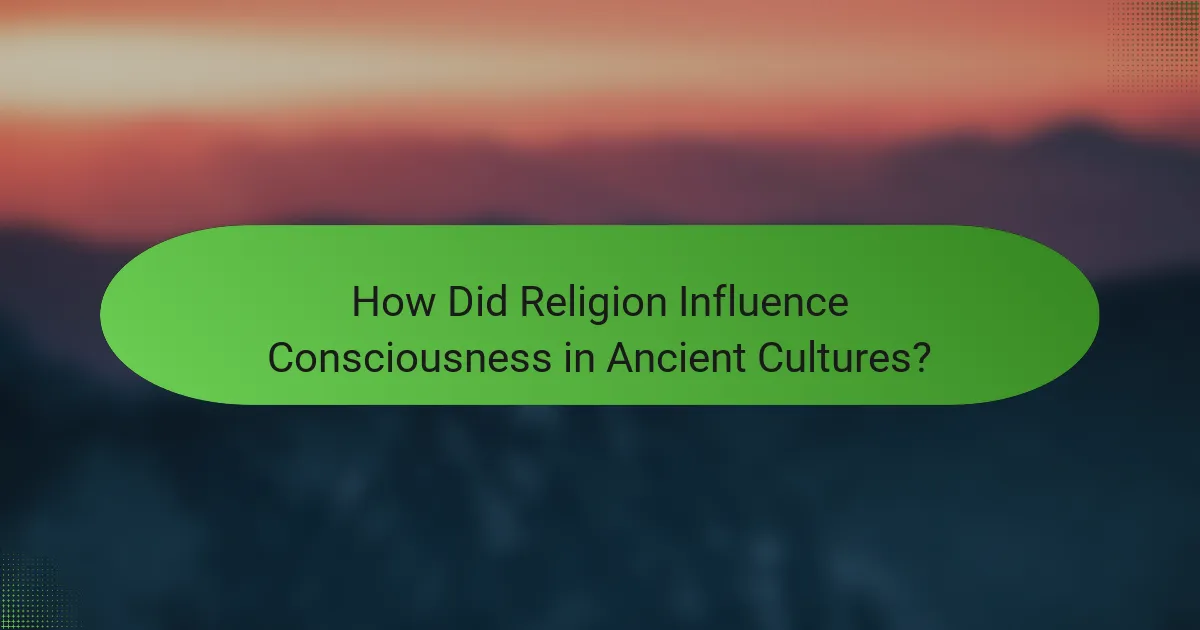
How Did Religion Influence Consciousness in Ancient Cultures?
Religion played a crucial role in shaping consciousness in ancient cultures by providing frameworks for understanding existence, morality, and the cosmos. Through rituals, myths, and spiritual practices, these societies cultivated a collective awareness that influenced individual and communal identities.
Mythology and consciousness in the Roman Empire
In the Roman Empire, mythology was integral to the collective consciousness, offering narratives that explained natural phenomena and human experiences. The pantheon of gods and goddesses, each representing different aspects of life, allowed individuals to connect their personal struggles to larger cosmic stories.
Public festivals and theatrical performances often reenacted these myths, reinforcing social cohesion and shared values. This engagement with mythology fostered a sense of belonging and purpose among citizens, influencing their worldview and daily decisions.
Spirituality in ancient Chinese philosophy
Ancient Chinese philosophy, particularly Confucianism and Daoism, emphasized harmony with nature and the universe, shaping consciousness through spiritual practices. Confucianism focused on moral development and social relationships, while Daoism encouraged alignment with the Dao, or the natural way of the universe.
These philosophies promoted introspection and mindfulness, leading individuals to cultivate a deeper awareness of their thoughts and actions. The teachings encouraged a balance between personal desires and societal responsibilities, influencing how people perceived their roles within the larger community.
Rituals and their impact on awareness
Rituals in ancient cultures served as powerful tools for enhancing consciousness and awareness. They provided structured opportunities for individuals to connect with the divine, their community, and themselves, often leading to transformative experiences.
For example, initiation rites, seasonal festivals, and daily offerings helped individuals focus their minds and intentions, fostering a heightened state of awareness. Engaging in these rituals not only reinforced cultural identity but also allowed participants to explore deeper existential questions, shaping their understanding of life and death.
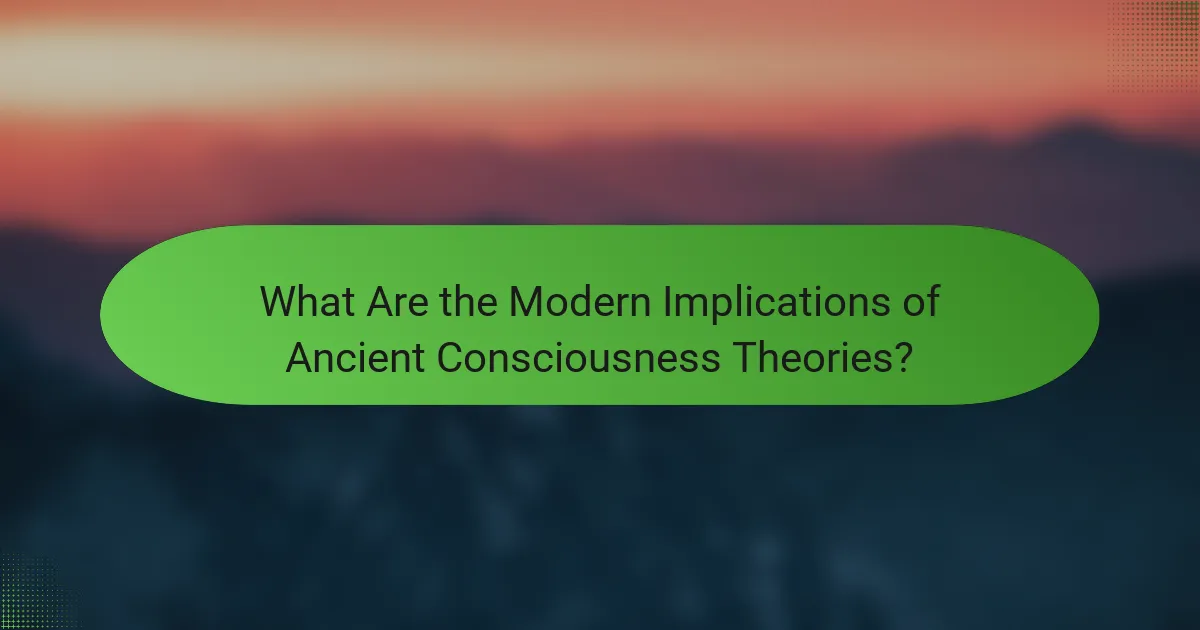
What Are the Modern Implications of Ancient Consciousness Theories?
Ancient consciousness theories have significant modern implications, influencing various fields such as psychology, spirituality, and cognitive science. These theories provide a foundation for understanding human awareness and mental processes in contemporary contexts.
Influence on contemporary psychology
Ancient theories of consciousness, such as those from Greek philosophers and Eastern traditions, have shaped modern psychological frameworks. Concepts like mindfulness and self-awareness, rooted in these ancient perspectives, are now integral to therapeutic practices, including cognitive-behavioral therapy.
Psychologists often draw on historical insights to explore the nature of the self and consciousness. For example, the idea of the psyche in ancient Greece parallels modern discussions about identity and mental health, emphasizing the importance of understanding one’s thoughts and emotions.
Relevance in modern spirituality
Modern spirituality often incorporates ancient consciousness theories, emphasizing personal growth and self-discovery. Practices such as meditation and yoga, which have origins in ancient traditions, are widely adopted today to enhance spiritual awareness and mental clarity.
These practices encourage individuals to explore their consciousness, fostering a deeper connection to themselves and the universe. The blending of ancient wisdom with contemporary spiritual practices highlights the enduring relevance of these theories in personal development.
Applications in cognitive science
Cognitive science benefits from ancient theories of consciousness by providing a historical context for understanding cognitive processes. Researchers examine how ancient perspectives on awareness can inform modern studies of perception, attention, and memory.
For instance, the exploration of altered states of consciousness, as discussed in ancient texts, is now a topic of interest in cognitive neuroscience. Understanding these states can lead to insights into human cognition and the mechanisms underlying consciousness.
